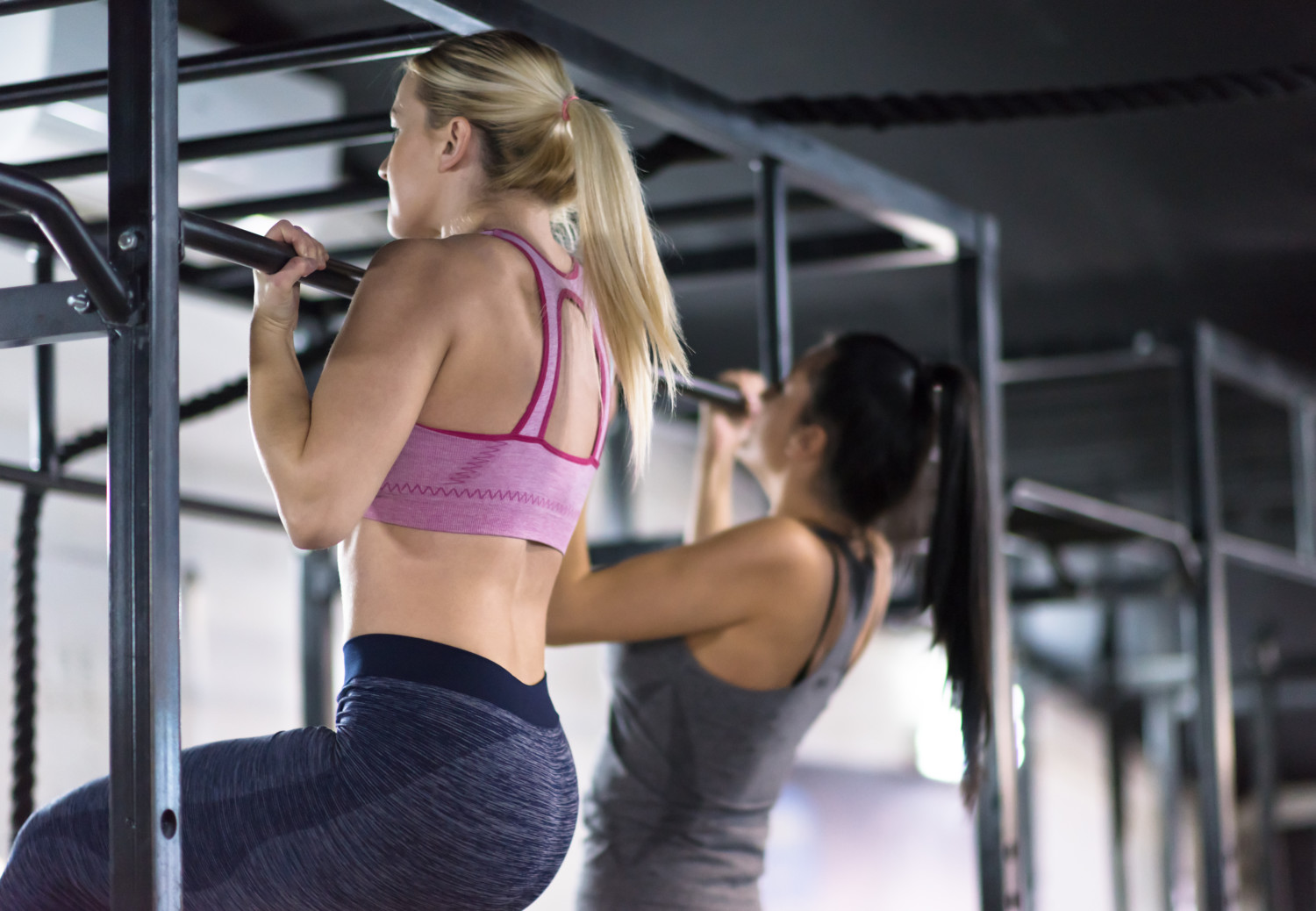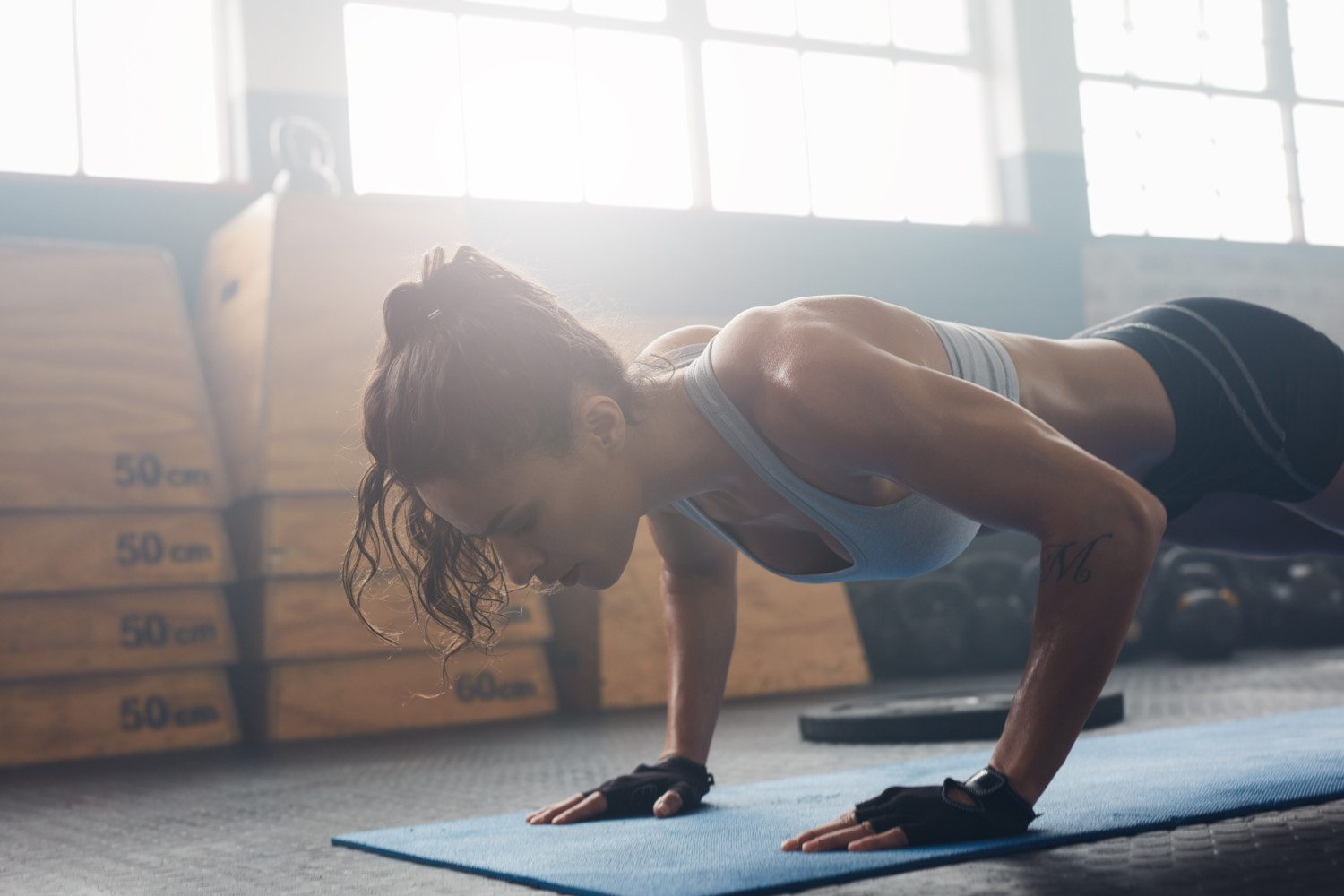You’ve undoubtedly heard it a million times but it remains true: Regular exercise is essential to good health. Physical activity is beneficial for managing your weight, strengthening bones and muscles, reducing your risk of many diseases and making it easier to perform daily activities. Exercising can also improve your brain health and ease symptoms of depression and anxiety.
Of course, certain types of exercise offer different benefits. For instance, if your fitness goal is to gain muscle and build strength throughout your body, a push-pull workout might be ideal for you.
What Is a Push-Pull Workout?
Push and pull exercises are opposite yet have similar objectives, as pushing engages different muscles than pulling. Therefore, a combination of push and pull movements allows you to train specific muscle groups equally. Pushing movements work the muscles in your chest, shoulders and triceps. Pulling exercises, meanwhile, condition your back, biceps and forearms.

“Pushing and pulling movements are fundamental movements, which is why they’re so important,” certified personal trainer Francine Delgado-Lugo, a weightlifting coach and co-founder of Form Fitness in Brooklyn, told Self. “When you’re pulling a door open or pushing it shut, reaching to place something on a shelf or grabbing something down from a shelf, standing up from the floor or bending down — all of these movements require pushing and pulling.”
With pulling exercises, such as bicep curls or pull-ups, the muscles contract when you pull the weight toward you. Conversely, pushing exercises like push-ups, squats and shoulder presses lengthen muscles when you move the weight away from your body.
Push-Pull Workout Benefits
Incorporating push and pull exercises into your workouts provides balanced strength training. It is also functional and can support your daily life, as many movements you make throughout an average day involve pushing or pulling.
“Examples of everyday pushing movements include pushing your torso to get out of bed, pushing a shopping cart and pushing a suitcase into overhead storage on a plane, while pulling movements include pulling open a door, starting a gas-powered lawn mower and pulling the leash of an excited dog on a walk,” Chris Gagliardi, an American Council on Exercise-certified personal trainer, told Well and Good.
Dividing pushing and pulling exercises allows muscles to rest and recover. With push-pull workouts, you exercise opposite muscle groups each time. You can measure your progress based on the number of reps you complete or the weights you use.

Push-pull workouts simplify your exercise routines, as you know what you should be working on daily. It can also help you reach fitness goals more quickly.
“Usually the general goal of fitness is to lose weight and gain muscle,” Patrick Frost, Nike master trainer and creator of FrostFitForm, told Aaptiv. “This particular split allows for both. Being able to train bigger muscle groups and train compound exercises more often offers the most bang for your buck.”
How to Begin a Push-Pull Workout Routine
If you want to start strength training with push and pull exercises, determine how many days a week you will exercise. You won’t need much equipment except some dumbbells and a place to work out safely.
For those who work out once or twice a week, incorporating pushing and pulling exercises each time will ensure you engage all of the muscle groups. However, if you’re planning to exercise several days a week, consider splitting push days and pull days to allow for recovery.

Choose a few exercises and stick with them. This will allow you to work on your form and measure your improvement over time.
Push exercises include:
- Push-ups
- Shoulder presses
- Bench presses
- Tricep dips
Pull exercises include:
- Bicep curls
- Row variations
- Pull-ups
- Deadlifts
After warming up, perform three or four sets of eight to 12 reps for each exercise, according to Healthline. Be sure to rest for a few minutes between sets.
This story originally appeared on Simplemost. Check out Simplemost for additional stories.


